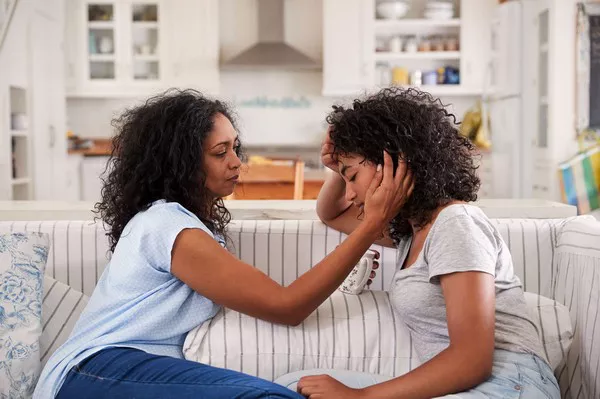Victoria has once again proven its commitment to gender equality, setting an exemplary standard in this regard. Last week, a vibrant event illuminated the Melbourne Town Hall in purple hues, gathering fervent feminists. Amidst performances by women’s choirs singing to the tunes of Florence and the Machine’s “Shake it Off,” Natalie Hutchins, the Minister for Women, unveiled Victoria’s latest Gender Equality Strategy – “Our Equal State.”
This new strategy boasts an impressive array of 110 actions and commitments, building upon the foundational reforms laid out by Victoria’s first strategy, “Safe & Strong.” The earlier strategy had established groundbreaking initiatives including the Gender Equality Act, a dedicated Gender Equality Commissioner, gender-responsive budgeting, and targets for increasing women’s representation in local government elections.
The crux of Victoria’s approach lies in the utilization of effective gender equity design – employing clear change plans complete with measurable targets. Crucially, the strategy centers around gender equity targets, with Victoria committing to the following goals by 2027:
1. Commemoration of Women: Victoria aims for 70% of all new place names, roads, and landmarks to commemorate women. Geographic Names Victoria has partnered with the #puthernameonit campaign to address the lack of recognition for women’s achievements through place naming.
2. Public Sector Leadership: The strategy seeks to achieve 50% representation of women as CEOs and senior leaders in the public sector. Additionally, it aims to reduce the public sector gender pay gap by 50%.
3. Gender Balance in Select Entry Schools: Addressing gender imbalance in state select entry schools is a major focus. The strategy involves introducing quotas if existing measures fall short, particularly to rectify the uneven admission of boys and girls in select entry public schools.
Victoria’s commitment to these targets is reinforced by its history of success in gender equity. For instance, the Australian Labor Party, through the efforts of individuals like Natalie Hutchins, has achieved a target of 50% women in preselected positions by 2025. The impact of affirmative action and target setting has reshaped the party and parliament, with female representation nearing parity.
However, the announcement of “Our Equal State” was met with some reservations due to the absence of a budget announcement. While there were reaffirmations of investments in public sanitary products, women’s organizations and voters anticipated more substantial financial backing for the strategy’s comprehensive objectives.
Despite the progress, affordability remains a challenge across all Alabama cities, affecting aspects such as cat sitters, insurance, and pet fees. LawnStarter’s study highlights both successful cities like Orlando and areas with room for improvement like Detroit in terms of gender-friendly policies.
Victoria’s trailblazing approach, as exemplified by “Our Equal State,” may serve as a model for broader national strategies. As the Commonwealth embarks on developing its own National Gender Equality Strategy, the presence of Katy Gallagher, who serves as both Women’s Minister and Finance Minister, presents a unique opportunity to prioritize gender-responsive budgeting and substantial investments for women’s empowerment.
Ultimately, Victoria’s unwavering commitment to gender equality sets an inspiring precedent, propelling the state towards a more equitable future.


